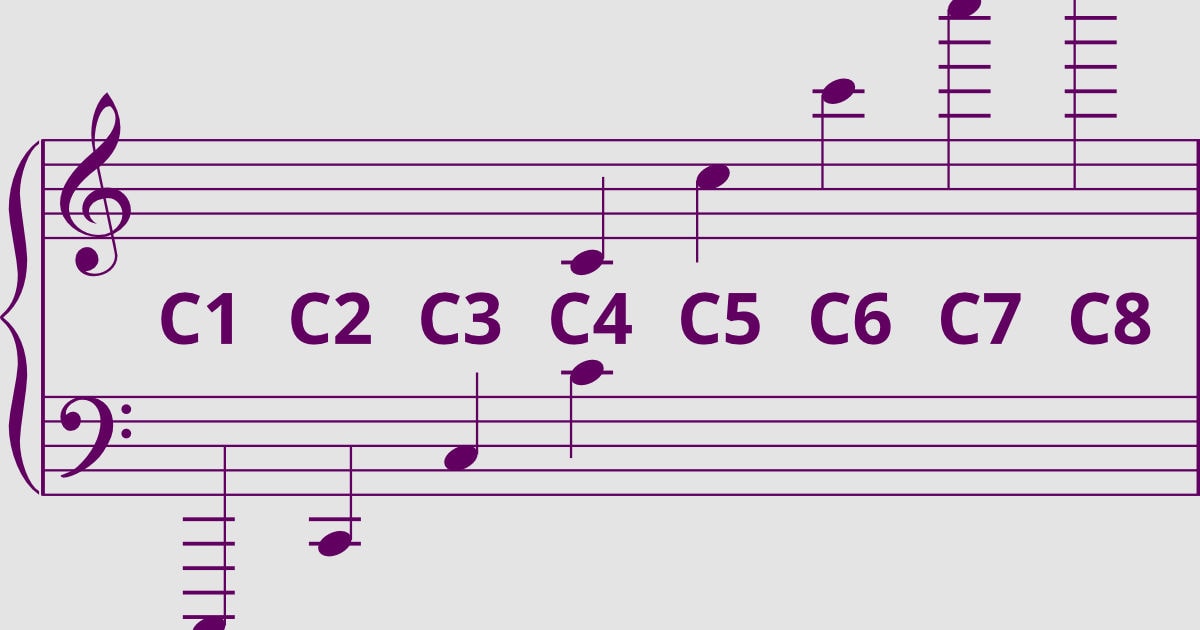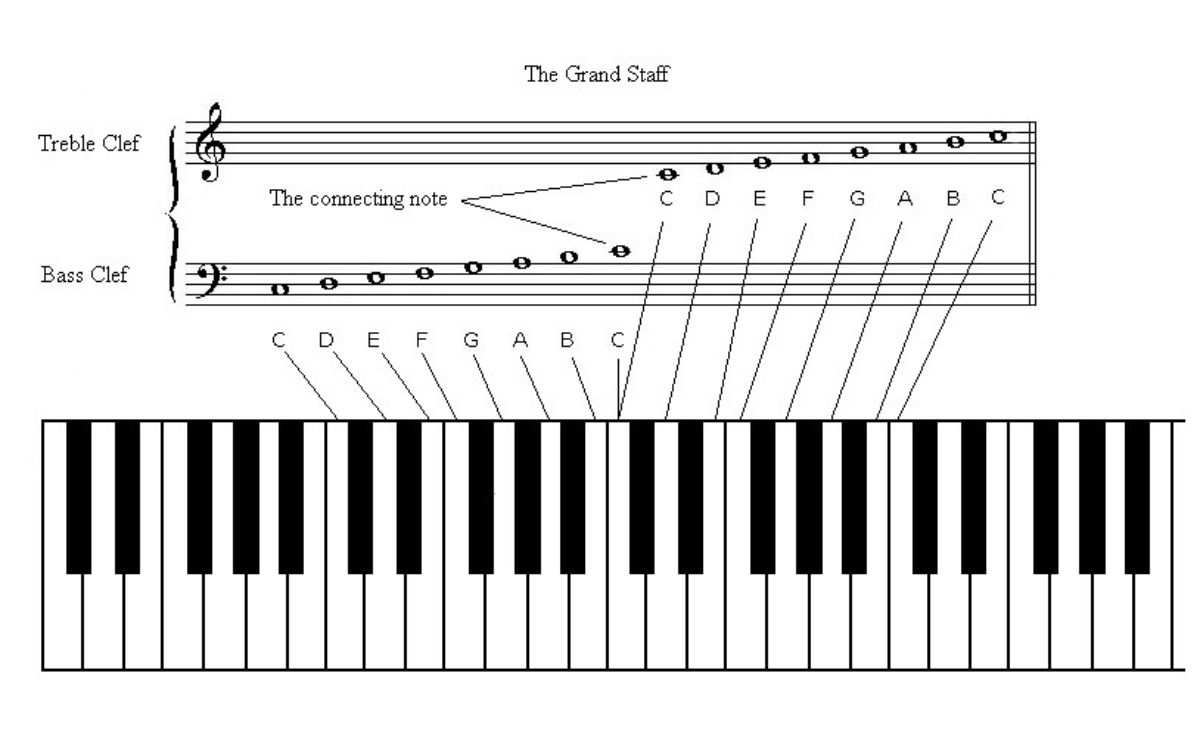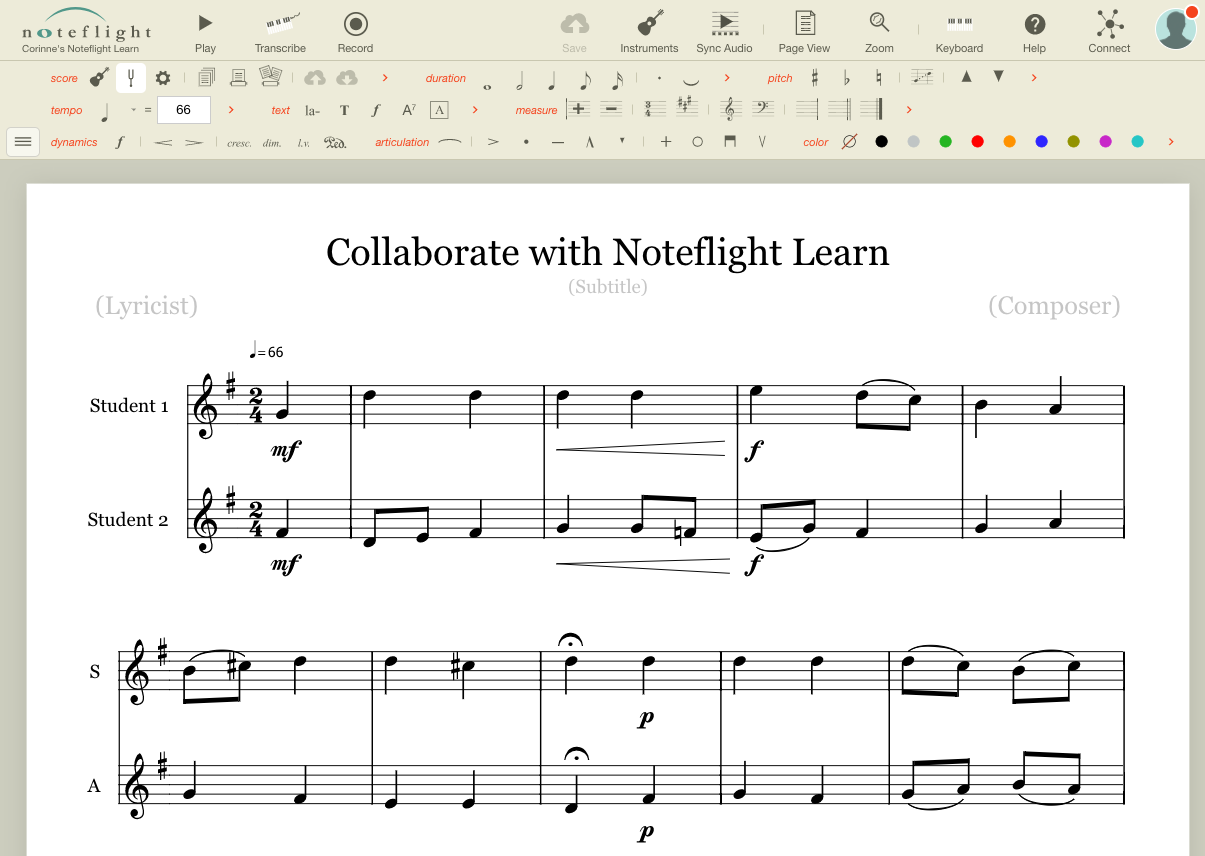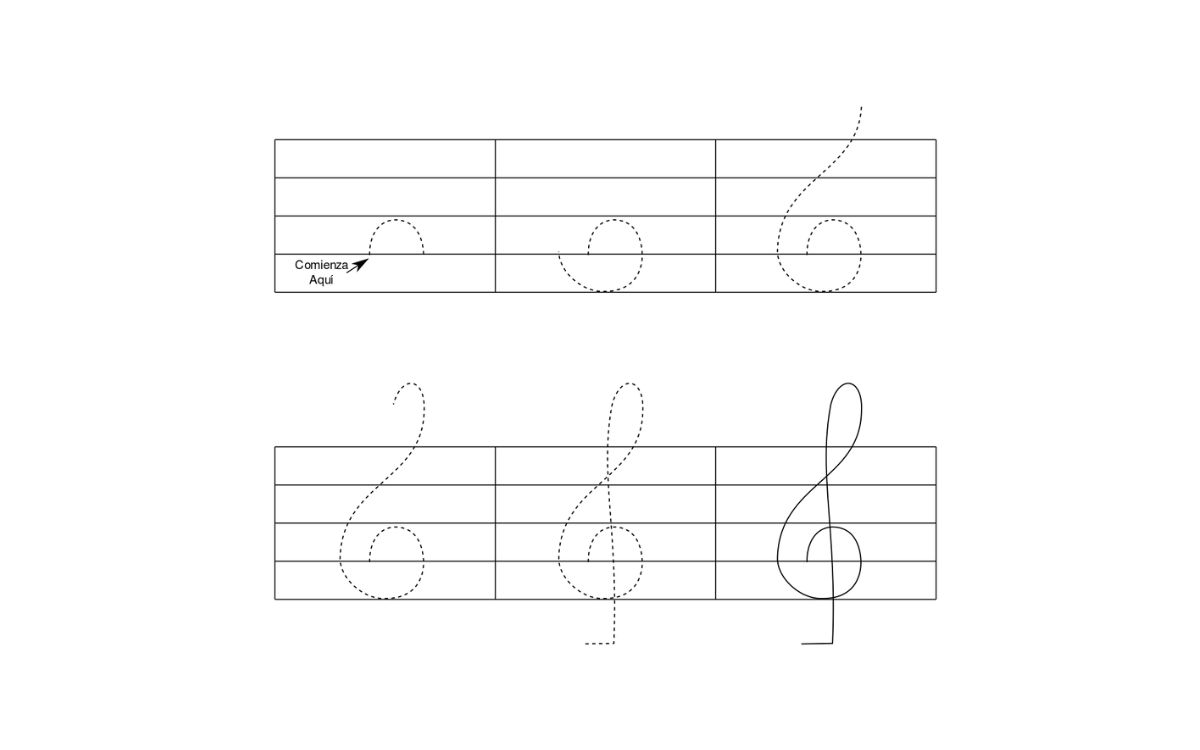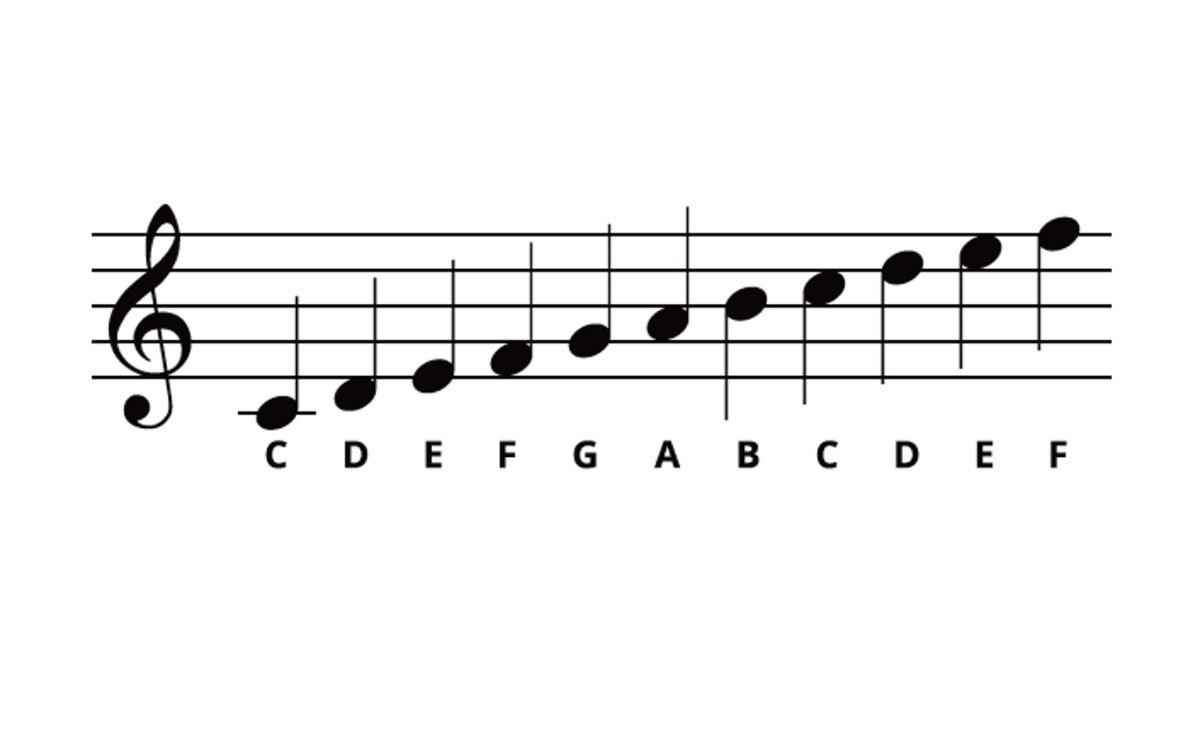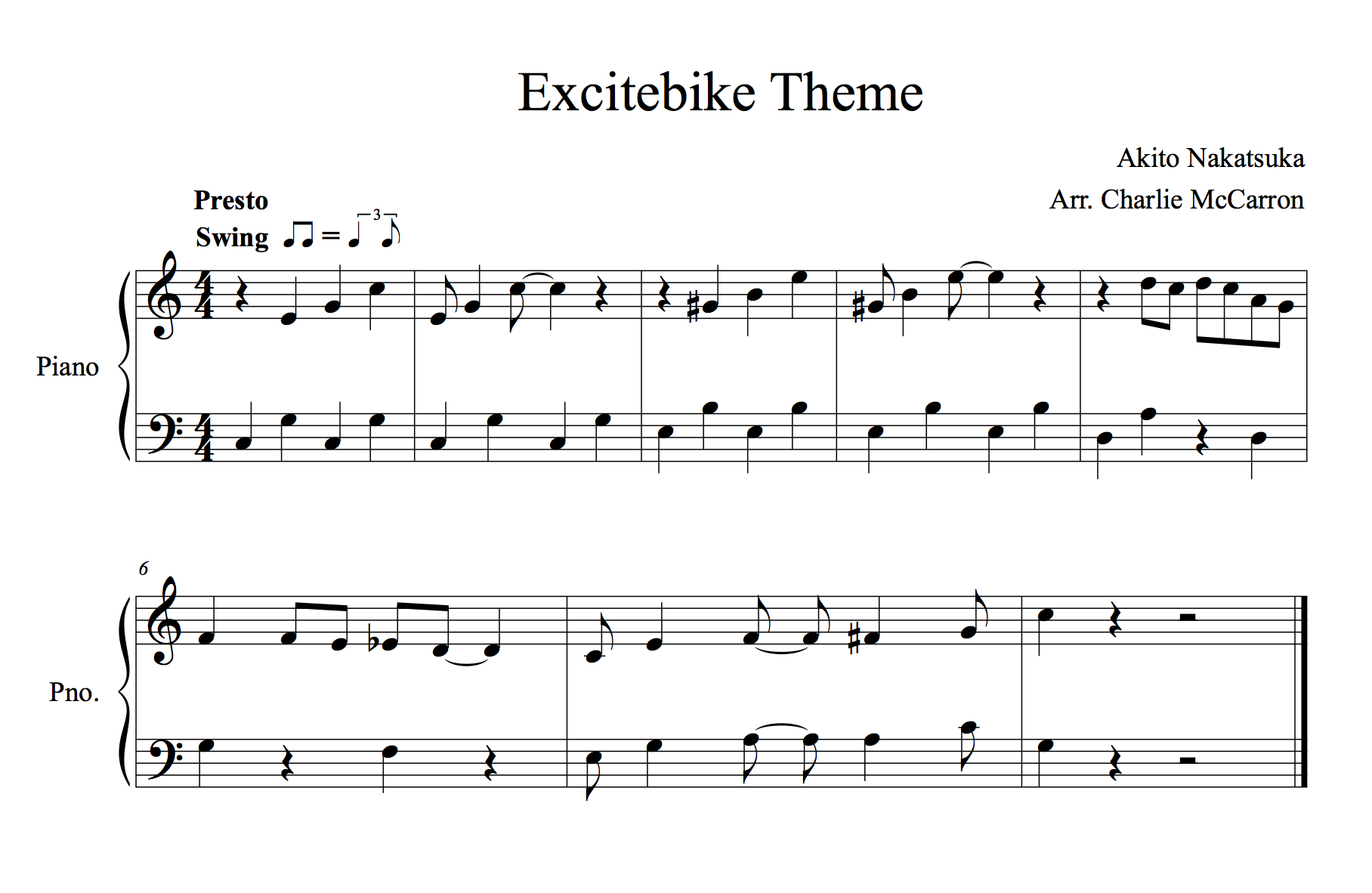Home>Production & Technology>Treble>How To Tell The Key With The Treble Clef
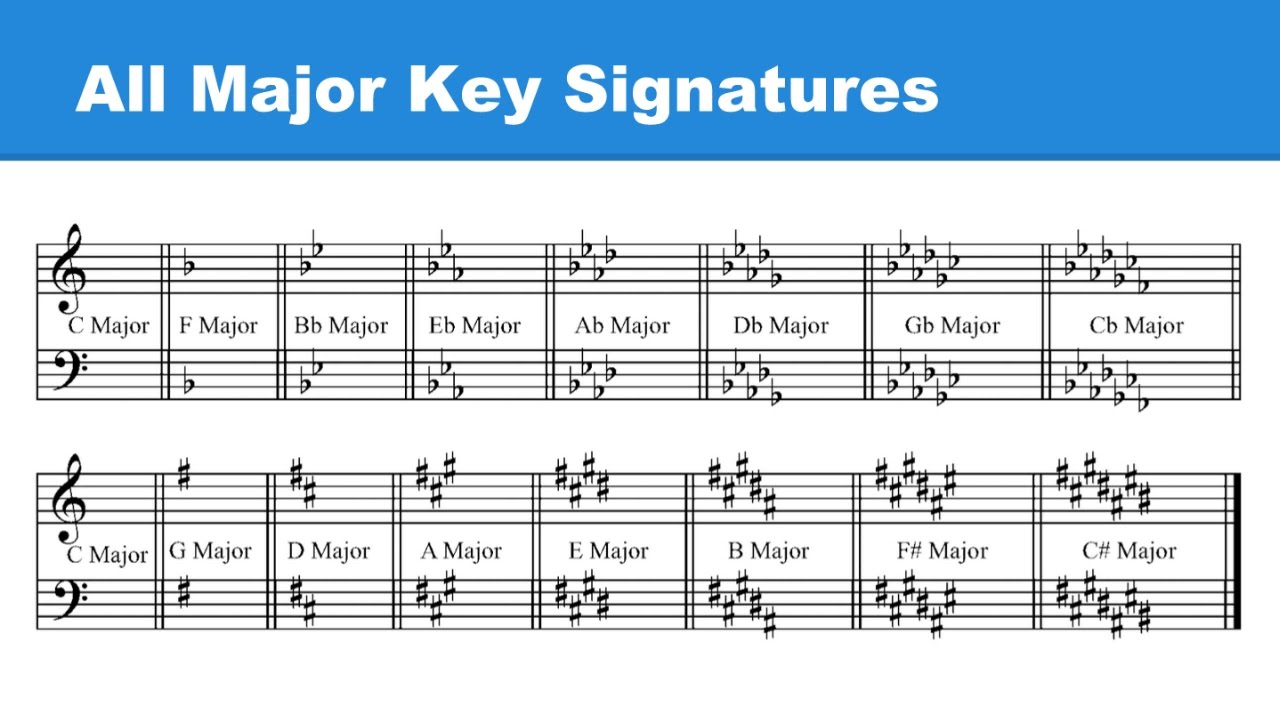

Treble
How To Tell The Key With The Treble Clef
Modified: January 22, 2024
Learn how to identify the key by analyzing the treble clef notation. Explore techniques and tips for recognizing the key signature with this comprehensive guide.
(Many of the links in this article redirect to a specific reviewed product. Your purchase of these products through affiliate links helps to generate commission for AudioLover.com, at no extra cost. Learn more)
Table of Contents
Introduction
The treble clef is a fundamental element in music notation that represents higher-pitched notes in sheet music. Understanding how to read and decipher the treble clef is essential for musicians and music enthusiasts alike. By doing so, you can identify the key of a piece and better interpret its musical elements.
In this article, we will delve into the intricacies of the treble clef and explore techniques for determining the key of a musical composition using this clef. We will discuss how the treble clef is constructed, the notes it represents, and how to identify key signatures within the treble clef staff.
Whether you are a beginner musician who is just starting to learn to read music or a seasoned musician looking to deepen your understanding, this article will serve as a comprehensive guide to unlocking the mysteries of the treble clef and its role in determining the key of a musical piece. So grab your instrument, get your sheet music ready, and let’s dive in!
Understanding Treble Clef
The treble clef, also known as the G clef, is a symbol used to indicate higher-pitched notes in sheet music. It is characterized by its circular shape, starting on the second line from the bottom and curling around to encompass the top line of the staff. The treble clef is primarily used to notate music for instruments such as the piano, violin, flute, and trumpet, which produce higher-pitched sounds.
The position of the treble clef on the musical staff is not arbitrary; it is specifically placed to represent the note G. This is why the treble clef is also called the G clef. The location of the note G on the staff informs musicians of the other notes in the treble clef.
Learning to identify the notes on the lines and spaces of the treble clef staff is essential when deciphering sheet music. The lines of the treble clef staff, from bottom to top, represent the notes E, G, B, D, and F. An easy way to remember this is by using the mnemonic “Every Good Boy Deserves Fudge.” The spaces, from bottom to top, represent the notes F, A, C, and E, which can be remembered with the phrase “FACE.”
By understanding the placement of the notes on the treble clef staff, you can decipher the individual notes in a musical piece. This knowledge not only allows you to read and interpret sheet music accurately but also aids in identifying the key of a composition.
Now that we have a solid understanding of the treble clef and its role in notating higher-pitched notes, let’s explore how we can use this knowledge to identify key signatures within the treble clef.
Identifying Notes on the Treble Clef Staff
In order to identify the notes on the treble clef staff, it is important to have a good grasp of the musical alphabet. The musical alphabet consists of the letters A through G, which are assigned to different pitches that make up a musical composition.
The treble clef staff consists of five lines and four spaces. Each line and space represents a specific note. Starting from the bottom line of the staff and moving upward, the notes on the lines of the treble clef are E, G, B, D, and F. The notes in the spaces between the lines are F, A, C, and E.
Understanding the placement of these notes and the spaces between them is crucial when reading and interpreting sheet music in the treble clef. By recognizing the position of each note on the staff, you can accurately play or sing the corresponding pitch.
To help remember the notes on the lines of the treble clef, you can use the mnemonic “Every Good Boy Deserves Fudge.” This phrase indicates the notes E, G, B, D, and F. Similarly, the notes in the spaces between the lines can be remembered with the mnemonic “FACE.”
It is also important to note that the placement of the notes on the treble clef staff corresponds to their pitch in relation to the other notes. Higher-pitched notes are located higher on the staff, while lower-pitched notes are positioned lower. This allows musicians to easily identify the pitch of each note based on its position on the staff.
Once you have a firm understanding of the notes on the treble clef staff and their corresponding pitches, you will be equipped to read and interpret sheet music accurately. This knowledge serves as a foundation for identifying the key signatures within the treble clef, which we will explore in the next section.
Recognizing Key Signatures in the Treble Clef
Key signatures play a vital role in music as they indicate the tonality or key of a piece. They are represented by a set of sharps or flats placed at the beginning of each staff line. The treble clef is no exception, and it uses key signatures to convey the key of a musical composition.
When looking at a key signature in the treble clef, you may notice either sharps or flats appearing next to the treble clef symbol. These symbols represent specific notes that are raised or lowered in pitch throughout the piece, reflecting the key’s tonality.
To recognize key signatures in the treble clef, you need to familiarize yourself with the order of sharps and flats commonly used. The order of sharps is F♯, C♯, G♯, D♯, A♯, E♯, and B♯ (the sharps are added in this order). Similarly, the order of flats is B♭, E♭, A♭, D♭, G♭, C♭, and F♭ (the flats are added in this order).
So, how do you determine the key when faced with a key signature in the treble clef? Take a look at the last sharp in the key signature and move up one half step (or semitone). For example, if the last sharp is an F♯, move up one half step, and you’ll determine that the key is G major. Likewise, you can identify the key by examining the second-to-last flat in a key signature and naming the key a fourth (or five letters) above that flat. For instance, if the second-to-last flat is E♭, the key is B♭ major.
Remember, key signatures can be different for major and minor keys. Major keys tend to have either sharps or fewer flats, while minor keys often have more flats.
Being able to recognize key signatures in the treble clef will help you decipher the tonality and mood of a musical piece. It will also aid in transposing music, understanding chord progressions, and improvising on your instrument.
In the next section, we will explore various techniques for determining the key of a musical composition using the treble clef.
Techniques for Determining the Key with the Treble Clef
When it comes to determining the key of a musical composition using the treble clef, there are various techniques you can employ. These methods rely on your understanding of the notes and key signatures in the treble clef to make an accurate determination.
One technique involves examining the key signature itself. As mentioned earlier, the key signature is displayed at the beginning of each staff line, either with sharps or flats. By identifying the sharps or flats and their specific positions, you can determine the key of the composition. For example, if there are three sharps in the key signature, those sharps will be F♯, C♯, and G♯. By finding the last sharp and moving up one half step, you can determine the major key. If the last sharp is on D, moving up one half step will indicate the key of E major.
Another technique for determining the key is through chord analysis. By analyzing the chords used in the composition, you can identify the key based on the relationships between the chords. In the treble clef, chords are notated by stacked note heads and stems. By recognizing common chord progressions in a specific key, you can narrow down the possible key options and make an informed decision about the key of the composition.
Additionally, paying attention to melodic patterns and intervals in the treble clef can help you identify the key. Key signatures often influence the melodic patterns used in a composition. By recognizing consistent patterns or recurring intervals and matching them to the possibilities offered by the key signature, you can determine the likely key of the piece.
Ear training is another valuable technique for determining the key with the treble clef. By developing a keen sense of relative pitch and being able to recognize the tonal center of a composition, you can quickly discern the key. This skill is honed through practice and exposure to a variety of musical compositions.
Remember, determining the key of a musical piece using the treble clef requires a combination of knowledge, observation, and analytical skills. By employing these techniques, you can confidently identify the key and further enhance your understanding and interpretation of the music.
After learning these techniques, you’ll be well-equipped to determine the key of a composition simply by examining the treble clef. Now let’s summarize our findings in the concluding section.
Conclusion
The treble clef is a powerful tool in music notation that allows musicians to accurately read and interpret higher-pitched notes. Understanding how to identify notes on the treble clef staff and recognizing key signatures within the treble clef are essential skills for musicians and music enthusiasts alike.
By familiarizing yourself with the placement of notes on the treble clef staff and using mnemonic devices such as “Every Good Boy Deserves Fudge” and “FACE,” you can quickly identify individual notes and their corresponding pitches. This knowledge serves as a foundation for interpreting sheet music accurately and effectively.
Recognizing key signatures in the treble clef plays a crucial role in determining the tonality or key of a musical piece. By understanding the order of sharps and flats and utilizing techniques such as analyzing key signatures, chord progressions, melodic patterns, and ear training, you can confidently determine the key and deepen your understanding of the composition’s musical structure.
Whether you’re a beginner musician or an experienced music connoisseur, investing time and effort to understand the treble clef and its role in identifying the key can greatly enhance your musical journey. It enables you to read sheet music with ease, transpose music to different keys, improvise, and appreciate the nuances of musical compositions.
So, the next time you come across a piece of sheet music with a treble clef, embrace the opportunity to unlock its secrets. Analyze the notes, examine the key signature, identify the tonal center, and immerse yourself in the captivating world of music.
With a solid foundation in the treble clef, you’ll be well on your way to becoming a skilled musician, interpreter, and performer. Remember to practice, refine your skills, and develop your musical intuition. Let the treble clef guide your musical journey and open new doors of creativity and expression.

